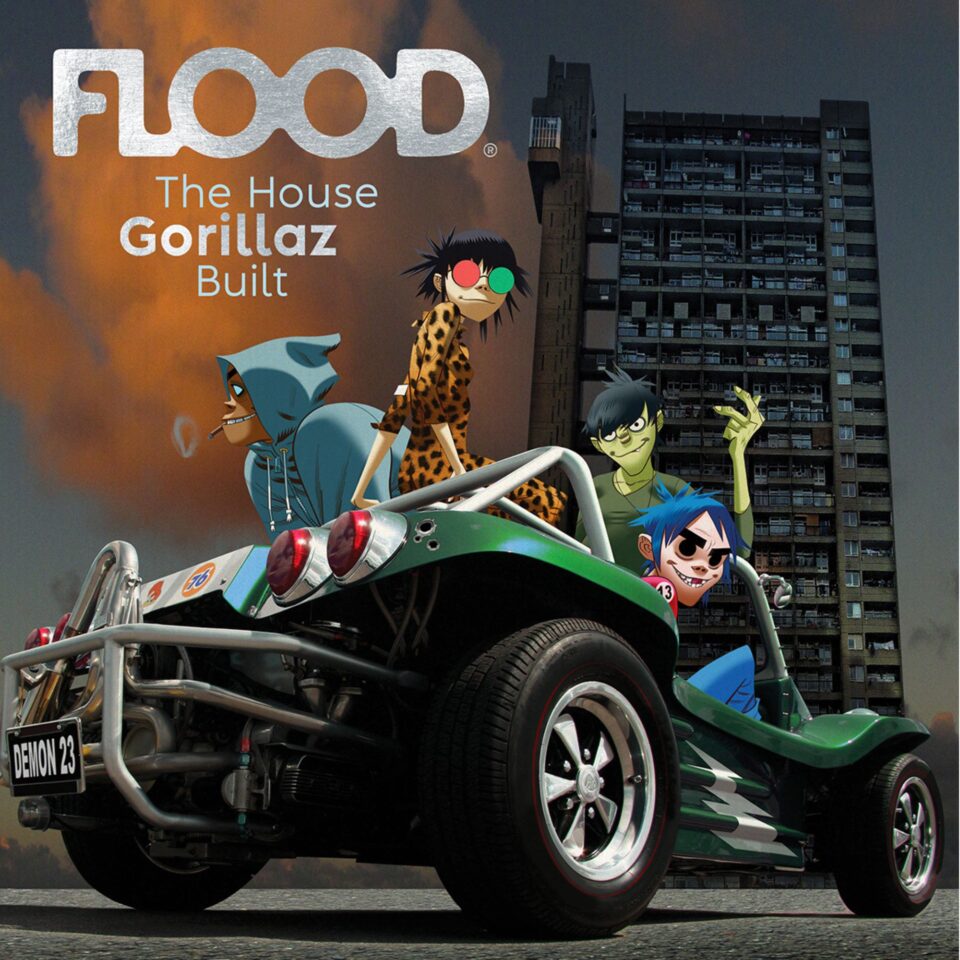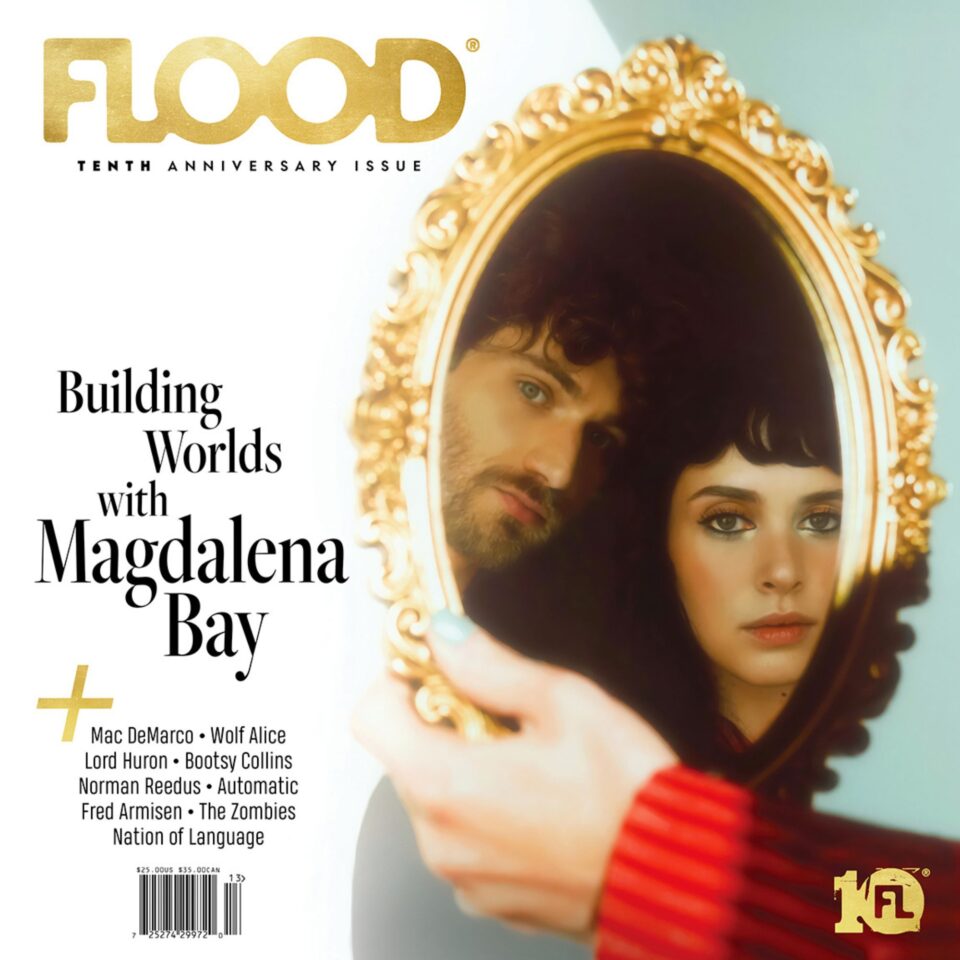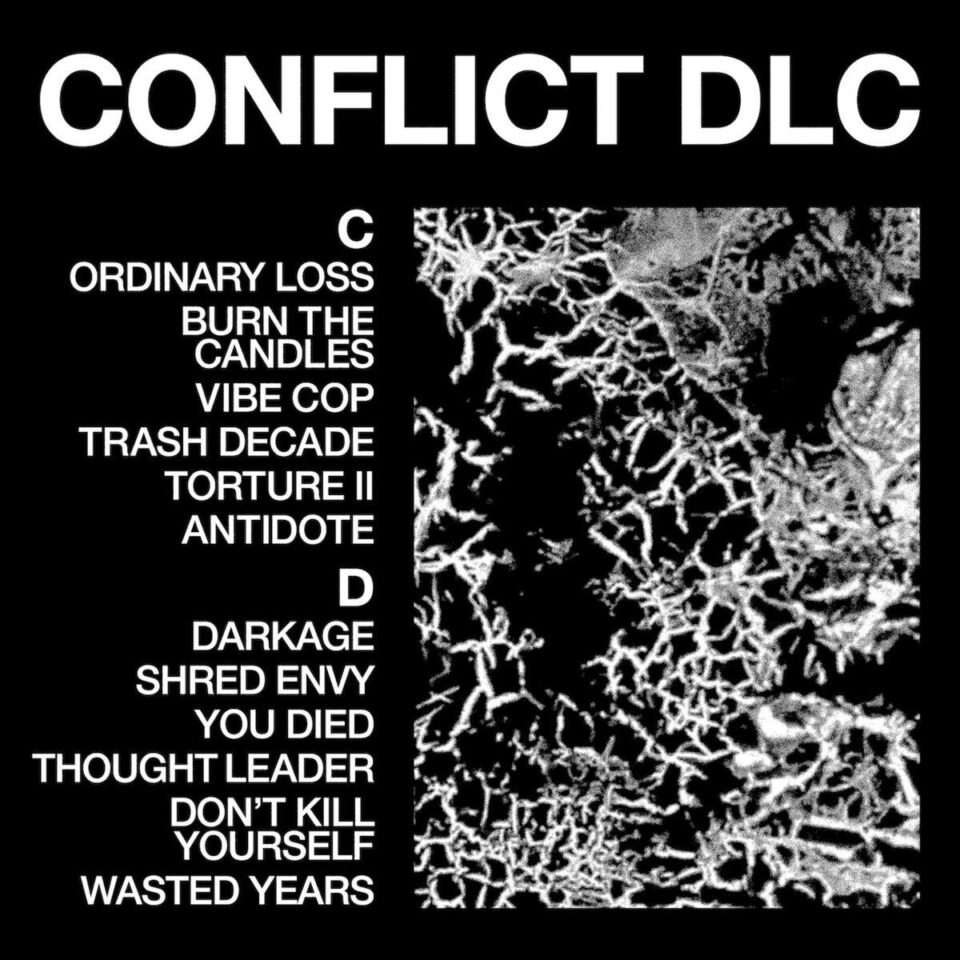At this point, it may not be surprising to hear that another indie-rock songwriter from North Carolina has begun leaning into their Southern roots on a new project inspired by the country music they grew up on. But it may be a bit surprising to hear that Stuart McLamb, specifically—the figurehead guiding 15 years of output with The Love Language—is the latest artist to make that jump. Rather than pivoting from gentle indie-folk to something with a bit more twang, his new project Fancy Gap often feels like a stark 180 from the hissing noise-pop and glossy, stadium-sized shoegaze he recorded with The Love Language between 2009 and 2018.
Yet from the first song released from Fancy Gap’s forthcoming self-titled debut, his soaring vocals were immediately familiar leading the reverent honky-tonk bar band instrumental of “How to Dance.” To hear McLamb tell it, the direction his other group pursued was one of a youthful instinct to rebel against the ’70s and ’80s country he was exposed to as a kid, which he’s softened to in recent years. With indie-rooted contemporaries like Wilco and Band of Horses (not to mention Sharon Van Etten, who appears on the record’s second single, “Strawberry Moon”) as his new project’s guiding stars for a less-is-more approach clearly at odds with the washes of noise songs like “Horophones” would often get swallowed up by, the songs on Fancy Gap seem to come just as naturally.
With the record arriving this Friday via Ghost Choir Records, both McLamb and bandmate/childhood friend Charles Crossingham shared a handful of influences on the record that range from their aforementioned Americana-inspired peers to country- and folk-rock radio hits by Sheryl Crow and Counting Crows. Stream along and find their commentary on each track below.
NRBQ, “Ridin’ in My Car”
Stu: NRBQ has a big following on the West Coast, and during my time living in California, I was turned on to them. They’re pretty much the greatest bar band of all time. It’s a shame they never made it bigger, but if you do a quick YouTube dive on them, you’ll realize they’re truly one of the greatest bands you’ve never heard. Just phenomenal playing, arranging, and writing. I think about them a lot when we’re working the songs out for the live set.
Sheryl Crow, “My Favorite Mistake”
Stu: I’ve always been a big fan of Sheryl’s work, especially those first three albums. In many ways, I think she’s up there with Tom Petty as one of the best heartland rock songwriters. She’s written so many amazing songs that she deserves to be mentioned in the same breath as the greats. She was top of mind during the writing and arranging of many songs on the album. You can really hear her influence on “How to Dance.” There are many songs to choose from, but this is one of my favorites, both sonically and in the writing.
The Rolling Stones, “Tumbling Dice”
Stu: The Stones have been a constant in my life for as long as I can remember. Our rehearsal space has three posters: Fleetwood Mac’s Rumours, an amazing Etta James print I found at a yard sale, and a big photo poster of The Stones. Just looking at that image of them while we were writing and banging out ideas had a great influence on the songs in more ways than we realized.
Steve Earle, “Guitar Town”
Stu: I grew up listening to country music through my dad’s and uncles’ tastes in mostly ’70s and ’80s country. I sort of rebelled against it during most of my high school years, but this song turned me back around to loving it. This is probably one of his most well-known songs, but there’s such a purity to it that I really connect with. It’s about guitars and truck driving and checks off all the boxes. There’s something in his writing and delivery that’s so authentic, and it’s something I’m always striving for in my own writing.
Lindsey Buckingham, “Trouble”
Stu: “Strawberry Moon” draws obvious comparisons to “Dreams,” and rightly so. I think Lindsey Buckingham (and co.) really perfected the art of the two-to-three chord simple groove type of song. This one is perhaps a bit lesser known, but it all just goes to show that less is often more.
Fleet Foxes, “Drops in the River
Charles: This song has always been really special for me and has taught me many lessons. I remember seeing Fleet Foxes in 2006 at the Local 506 in Chapel Hill with a very intimate crowd. I was blown away by this song and performance, and always felt like it taught me so much about how you only needed a few basic elements to absolutely explode, and that less is often more.
Band of Horses, “The Funeral”
Stu: When Charles and I started collaborating more during the album-making process, we found ourselves effortlessly creating these huge arena-sized rock songs. Band of Horses was definitely a north star we both agreed on. We have similar tastes in some places and wildly different ones in others, but we both agreed this song is the ideal of how to write a huge but honest song. It’s so massive, but doesn’t feel like it’s trying to be, and it all feels very authentic. This song is one of my all-time favorites. I’ve probably heard it a hundred times, and it always feels fresh.
Neil Young, “Sugar Mountain”
Stu: So many Neil songs have had a massive influence on me over the years. I’m including this one because “Whispering Winds” started as an early, wordless demo called “Neil Young Vibe,” and I’m pretty sure this was the song I was channeling. “Whispering Winds” is probably my personal favorite of them all, and it was 100 percent me channeling Neil’s “vibe.”
Commodores, “Sail On”
Charles: I think a lot of people are surprised by this song when they hear it because it’s very much a country song. There’s so much twang, especially in the intro. To me, there’s no better moment in any song than the bridge of this one. This is one of my favorite songs of all time, and everyone should hear it and then explore the rest of their catalog.
Wilco & Billy Bragg, “California Stars”
Stu: I was actually listening to Being There and Summerteeth the most while making our record, but this feels like a better example of the vibe we were striving for. I’ve always really loved the tones they got on this one. It’s just a perfect song for a breezy summer night, and I hope people could say the same for our album.
Brooks & Dunn, “Lost and Found”
Charles: I actually sent this song to Stuart in 2017 as inspiration for some demos we were discussing recording. It’s absolutely one of my favorite songs, but also lyrically it tells a fantastic story. I think sometimes as songwriters we can get a bit lost in the lyrics and settle for them being a bit vague. This song inspires me because you know the story and setting from the beginning to the end, and you can follow along like a movie.
Counting Crows, “Sullivan Street”
Stu: August and Everything After was a huge album for Charles during his childhood. I’d always appreciated Counting Crows, but I really got into them during the past few years while working on the album. Their writing and delivery are just brilliant. Adam Duritz is a very underrated singer, in my opinion. He has a way of really milking the emotional weight of each line. Mad respect.
Kings of Leon, “Wait for Me”
Charles: I’ve always learned a lot from these guys—specifically, less is more when it comes to huge rock and roll moments. They seem to be able to take very few elements and combine them all for choruses and bridges that always leave me inspired. The bridge on this song absolutely impacted so many moments on our record, and I have a lot of respect for these legends.
Loudon Wainwright III, “The Swimming Song”
Stu: A few summers back, this was my jam. I just love that simple sort of Irish folk chord progression, and the words are so perfect. It’s a punch in the gut, and there’s a bit of humor as well. I can’t place a direct line from this song to one that it influenced, but it was definitely another north star for me.
Band of Horses, “Older”
Charles: This is another song that always felt like it taught me many lessons. The main thing for me was that authenticity in your lyrics and sincerity in your words will always carry the song. “Don’t want to understand why you never get older” is one of my favorite lyrics of all time, and a really lovely way to look at someone you care about. It had a big impact on me.







